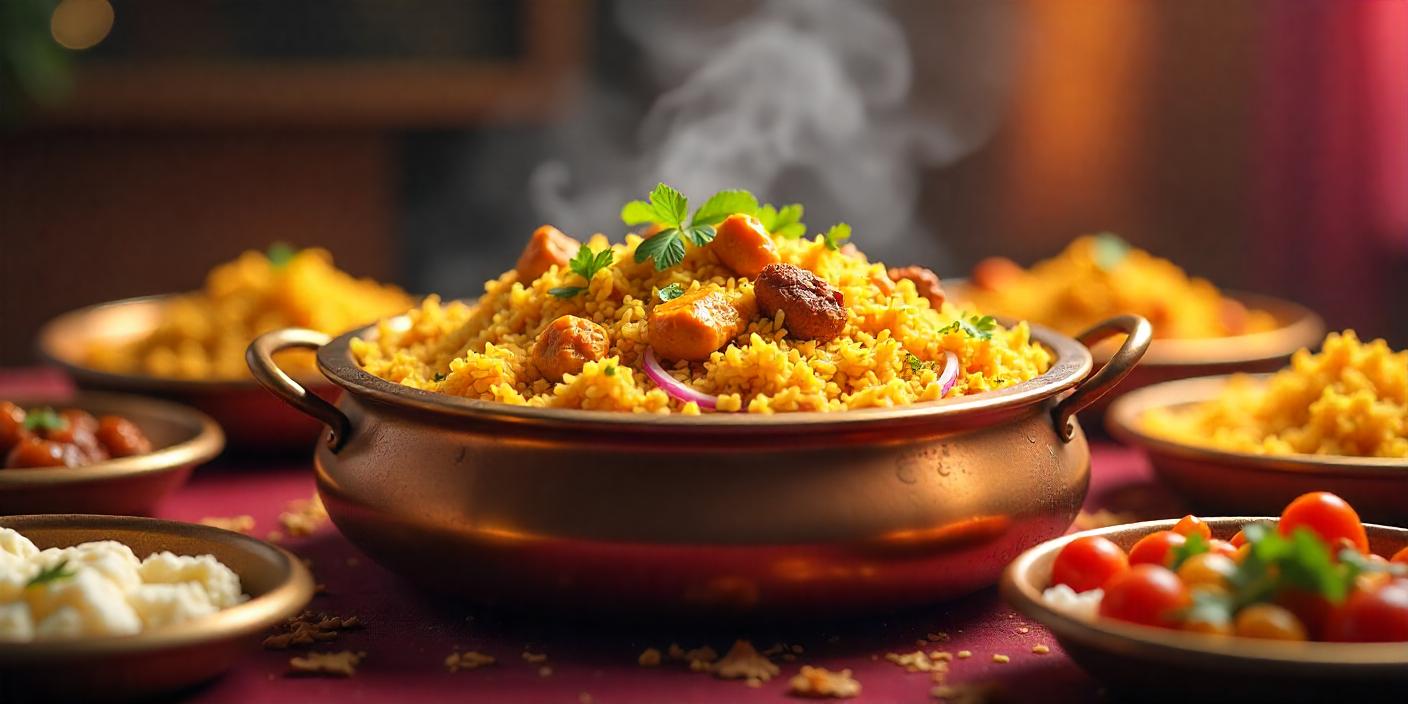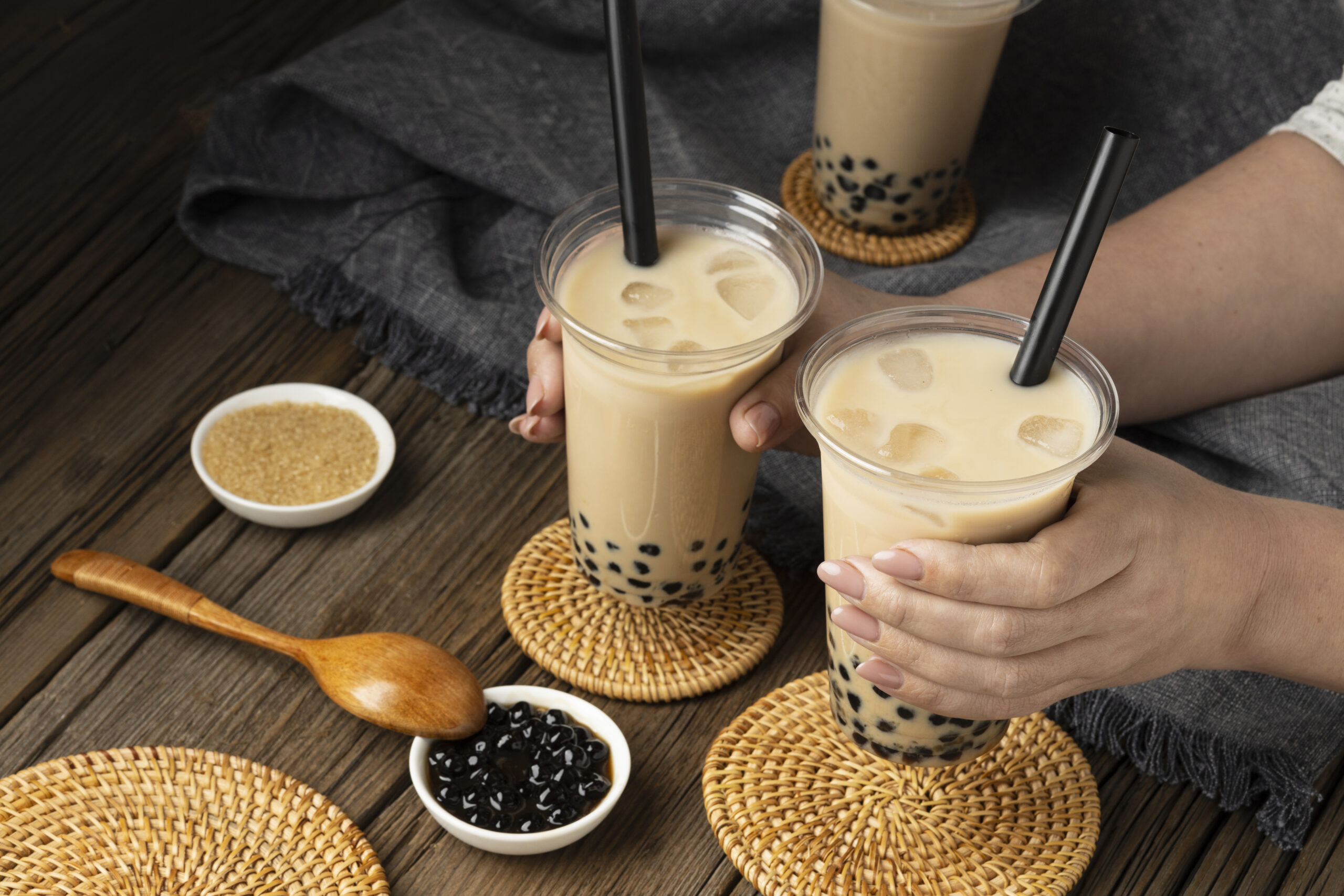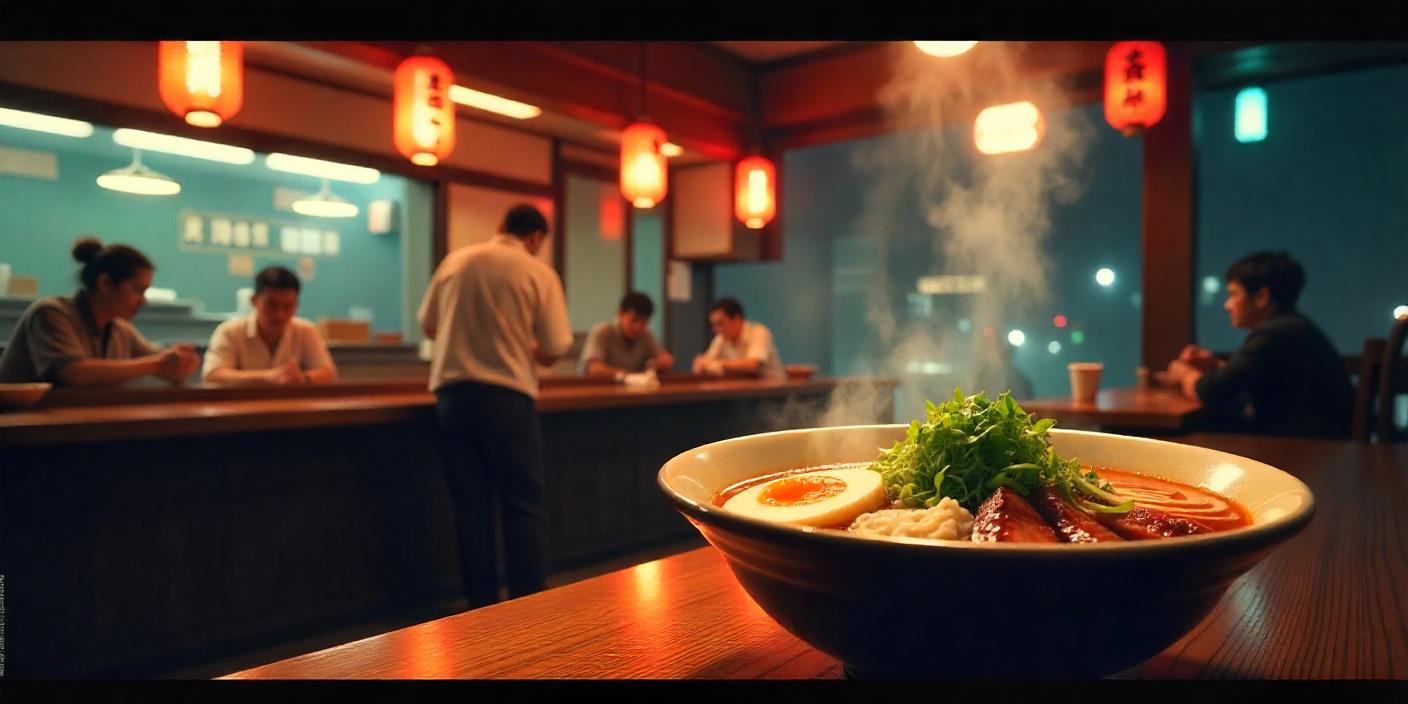Few dishes command as much reverence and emotional attachment as Biryani. It’s not just food; it’s a tradition, a celebration, and for many, a way of life. With its captivating aroma, vibrant colors, layered textures, and royal origins, Biryani is a culinary masterpiece that transcends borders, cultures, and generations.
🕌 The Royal Origins of Biryani
The word Biryani is derived from the Persian word “Birian”, which means “fried before cooking,” and “Birinj”, the Persian word for rice. While the exact origins are debated, most historians agree that Biryani was brought to the Indian subcontinent by Persian or Mughal invaders between the 14th and 16th centuries.
It evolved in the royal kitchens of the Mughal Empire, where chefs experimented with local spices, basmati rice, meats, and cooking techniques. Over time, the dish absorbed the rich diversity of the regions it touched — from Hyderabad to Lucknow, Malabar to Kolkata — each developing its own version of this majestic meal.
🍽️ What Makes a Biryani?
At its core, Biryani is a layered rice dish made with fragrant long-grain basmati rice, marinated meat or vegetables, aromatic spices, and slow cooking techniques like dum pukht (steam cooking). However, its preparation can vary wildly by region, culture, and even family tradition.
The essential elements include:
- Basmati rice: Long, aromatic grains soaked and par-cooked.
- Marinated protein: Chicken, mutton, beef, fish, prawns, or paneer/tofu for vegetarian versions.
- Spices: A signature blend often includes cinnamon, cloves, cardamom, bay leaves, cumin, and nutmeg.
- Herbs and garnishes: Fried onions (birista), mint, coriander, saffron milk, and boiled eggs.
🌍 Regional Varieties of Biryani
One of the reasons Biryani continues to thrive is its remarkable adaptability. Each region has infused the dish with its own culinary identity, creating dozens of unique types:
1. Hyderabadi Biryani
A blend of Mughal and Deccan influences, Hyderabadi biryani is famous for its Kacchi (raw) cooking style, where raw marinated meat is cooked with partially boiled rice in a sealed pot. Rich, spicy, and aromatic — it’s often considered the “king” of biryanis.
2. Lucknowi (Awadhi) Biryani
This version from North India uses the Pakki (cooked) style, where meat and rice are cooked separately and then layered. The result is a more delicate, fragrant dish with mellow spices and a focus on refinement.
3. Kolkata Biryani
A softer, less spicy biryani, Kolkata’s version is unique for including boiled eggs and potatoes. Influenced by the Nawabs of Bengal, it reflects a subtler flavor profile that balances Mughlai roots with Bengali tastes.
4. Malabar (Thalassery) Biryani
Hailing from Kerala’s coastal region, this version uses short-grain Jeerakasala rice and ghee-rich masalas, with hints of coconut and curry leaves — often made with seafood or chicken.
5. Sindhi Biryani
Popular in Pakistan, this biryani is extremely bold and spicy, loaded with tangy yogurt, chilies, dried plums, and a generous mix of meat and potatoes.
6. Bombay Biryani
A flavorful and slightly sweet version found in Mumbai, this biryani often incorporates dried fruits, kewra (screw pine essence), and strong aromatic spices.
.
🌶️ More Than Just a Meal
Biryani is more than a dish—it’s a symbol of celebration. Weddings, Eid, Diwali, family gatherings, and festivals are often incomplete without a steaming pot of biryani at the center of the table.
The dish also carries social and emotional resonance:
- In many South Asian households, biryani is a marker of hospitality.
- It’s often a cooking milestone — preparing the “perfect biryani” is a proud achievement.
- In diaspora communities, biryani is a nostalgic reminder of home, bringing people together across borders.
📈 The Modern Rise: Biryani 2.0
In the 21st century, biryani has reinvented itself to meet the demands of global and digital audiences:
Biryani Trends:
- Cloud kitchens and delivery apps have turned biryani into the most ordered dish in many countries (India’s Swiggy and Zomato regularly report biryani as the #1 dish).
- Fusion biryanis now include paneer tikka biryani, egg biryani, quinoa biryani, and even “chocolate biryani” for the adventurous.
- Globalization has made biryani a staple in food festivals, international buffets, and culinary competitions worldwide.
🧠 Secrets to a Great Biryani
What makes a biryani unforgettable? A few timeless secrets:
- Patience: Slow cooking is non-negotiable.
- Layering: Never mix everything at once; layer to preserve flavor depth.
- Balance: It’s an art to harmonize spice, aroma, and texture.
- Ingredients: High-quality rice, fresh herbs, and good meat make all the difference.
✨ Final Thoughts
Biryani is not just food — it’s a sensory experience that tells stories of migration, empire, love, and innovation. Whether served in a royal feast, a street-side stall, or a tiffin box, each bite of biryani is a tribute to centuries of culinary evolution and cultural fusion.
In a world where trends come and go, biryani remains eternal — a timeless dish that continues to unite hearts and plates alike.


